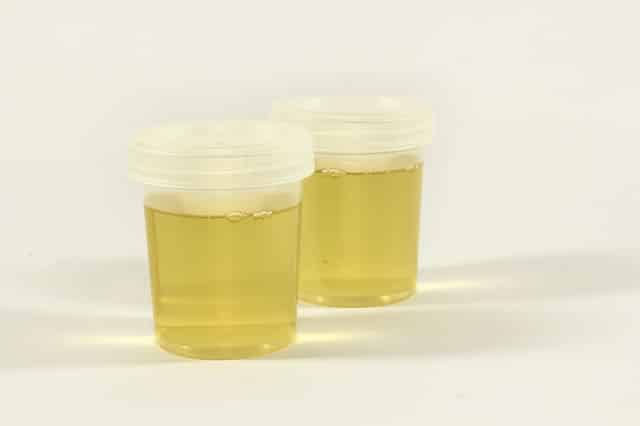Are you worried about a shy bladder in a DOT drug test? Find out what can happen if you can’t produce a specimen.
What Is A Shy Bladder?
A shy bladder means a donor cannot provide enough urine for a DOT-regulated drug test. A DOT drug test requires 45 milliliters of urine.
If you look at a test cup, you’ll see a temperature strip. Right above the strip is generally enough for the 45-milliliter mark.
What Happens If You Can’t Provide Enough Urine?
If a donor can’t provide enough urine or can’t urinate at all, DOT regulations allow up to three hours to try again. During this time, the donor can drink up to 40 ounces of water.
Most people take about 20 to 30 minutes to provide a sample. It happens to about one in five people at our clinic, so it’s common. However, rules exist for a reason.
What Happens After Three Hours?

If someone takes three hours but still doesn’t provide a sample, the test is canceled. The donor must then provide a medical explanation to the MRO.
Producing a specimen is in your best interest. Most people can provide one within 20 to 30 minutes, even if they recently urinated.
Why Do Some People Fake a Shy Bladder?
Some people claim a shy bladder after providing a sample with an out-of-range temperature. This often suggests they brought urine in from somewhere else.
In these cases, they sit down and try to figure out what to do next. Here’s an example of a real case.
Real Case: A Truck Driver’s Shy Bladder Attempt
A regulated truck driver was in follow-up testing after failing a drug test. As part of his return-to-work process, he was subject to unannounced follow-up drug and alcohol tests.
For these drug tests, a same-sex observer goes into the restroom to ensure the donor isn’t cheating.
How the Situation Unfolded
The driver arrived and said he couldn’t urinate. We asked him to try, but he couldn’t. We then explained the three-hour rule and the water allowance.
At the two-hour and 45-minute mark, I reminded him, “Sir, if you can’t provide a specimen in the next 15 minutes, we’ll have a problem. Unless you have a medical explanation, this will be considered a refusal to test. If you can provide a specimen, it’s in your best interest to do so now.”
The Outcome
At that moment, he thought it over and said, “You know, I think I can go.” He went into the restroom, provided a sample under direct observation, and failed the drug test.
His shy bladder wasn’t real. He was trying to avoid producing a sample, which is why these rules exist.
Need More Information?
If you have questions about DOT drug testing rules or employee safety regulations, contact us.
We’re at 847-657-7900 or on our website at inoutlabs.com.

